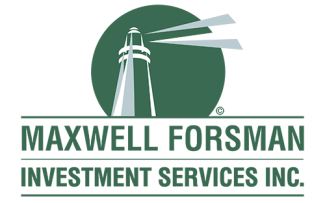
Compound Your Labor Efforts with COMPOUND INTEREST
1.) Pay Yourself First
Put away at least a minimum amount out of every payday to add to your savings/investments. But this is where the more you put away now, the greater the exponential growth. Get started compounding your investments by reinvesting the capital gains and dividends!
2.) Put Time On Your Side
Financial markets have rewarded long-term investors. In 2022, both stocks and the 10-Year T-Bond were under pressure but the hypothetical growth of $100 from 2000-2022 (compounded annually) for example the S&P grew to $400, the 3-Month T-Bill grew to about $150, and the 10-Year T-Bond grew to about $240.1 Keep in mind, however, that past performance does not guarantee future results, and individuals can't invest directly in an index.
3.) Cost of Procrastination
If you invest $1,000 at age 20 and don't add any more money, you just compound earnings for 50 years until the age of 70 for example at a 7.2% interest rate compounded annually, could equate to almost $32,400.
Use same approach but start at age 30. $1,000 has 40 years to grow. Assuming annual rate of return is the same at 7.2%, investment grows to $16,000. Not nearly as good. In fact, decreases by 50%.
Invest $1,000 at age 20 and contribute an additional $83 a month until 70, at same rate of return (7.2%), your total savings will reach $465,000!! That's 15 times example 1 and 30 times example 2!
Here is a link for compound interest calculator:
https://www.investor.gov/financial-tools-calculators/calculators/compound-interest-calculator
We are always here as your financial point of light. Contact us at 856-582-3500 or
1. S&P 500 returns include price appreciation and the reinvestment of dividends. Treasury bond returns include coupon and price appreciation. Treasury bill returns are shown at a three-month rate. Past performance is no guarantee of future results. Indexes are not available for direct investment. Historical performance does not reflect the taxes and fees associated with the management of an actual portfolio.

